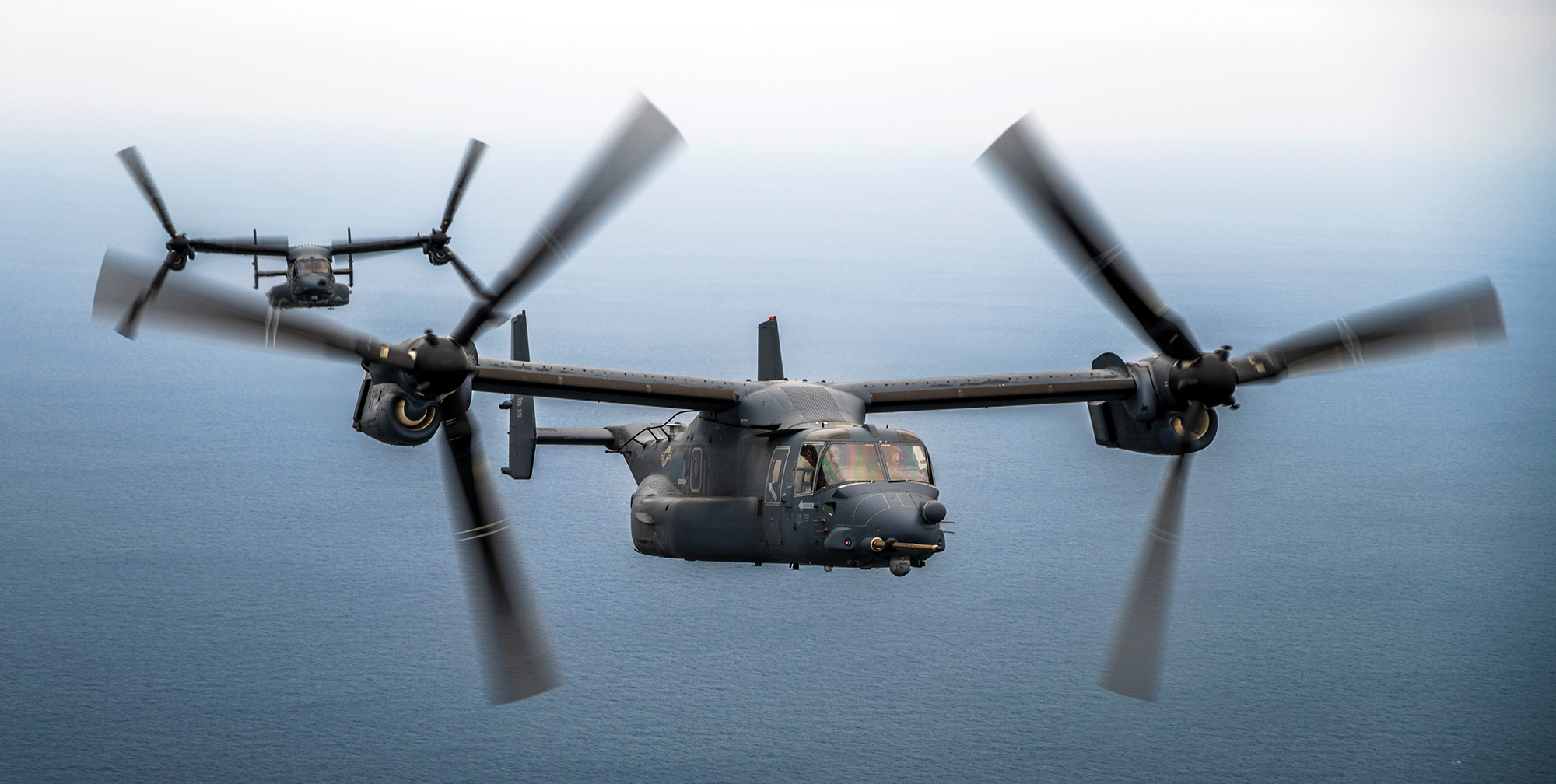My father, an Osprey program manager, would agree with your statement if he were still alive. He was working on a book on the subject before his death. I’ve shared his notes with a number of writers that have showed interest in the subject.
Among his favorite talking points was his disbelief that the A-12 was cancelled and the V-22 survived.
While it’s easy to blame Bell-Boeing for all the problems with the V-22 program, the untold story is the incompetence at NAVAIR, with its revolving door of LCDR’s that had a poor understanding of engineering and defense contracting. Think about it, while the USAF managed ground-breaking aircraft like the F-117, B-2, F-22, and F-35 (yeah, I know), the Navy only succeeded with low-risk programs like the Hornet, Super Hornet, and Growler.
The untold story is that Boeing didn’t really give a damn about the Osprey and was surprised that it wasn’t cancelled.
Boeing had issues with training programs and thought that every V-22 unit would need a dozen tech reps. NAVAIR squelched these recommendations.
The Osprey is a problematic aircraft, primarily because NAVAIR was silent on what it would take to make it work. I’m holding my breath waiting for the first COD mishap.


